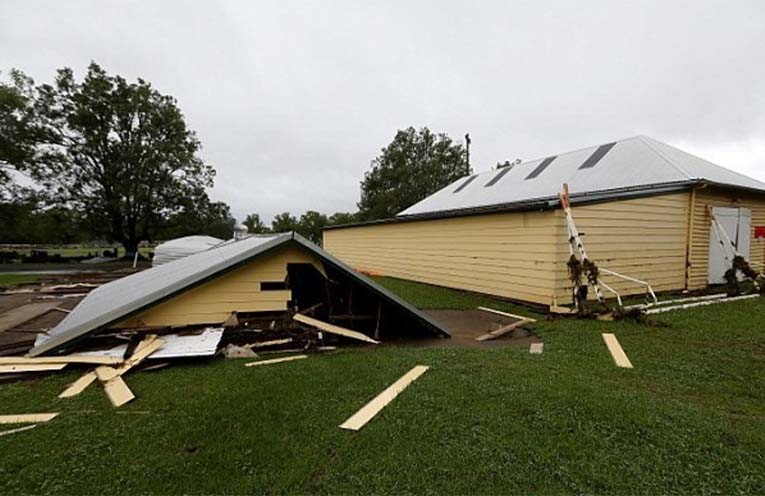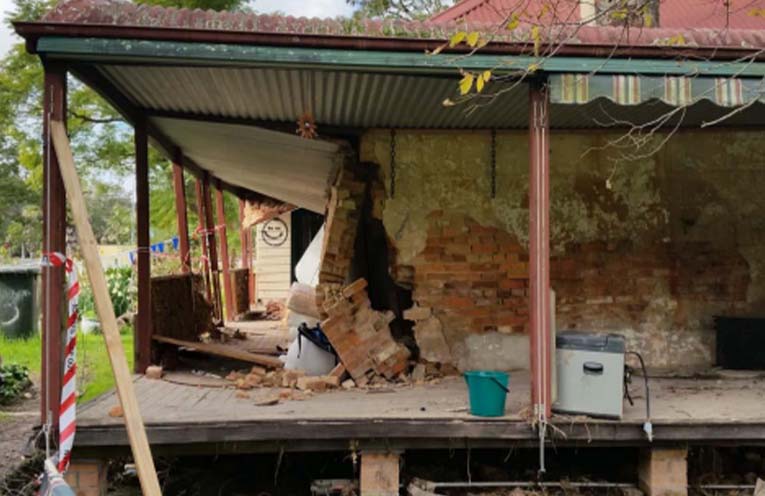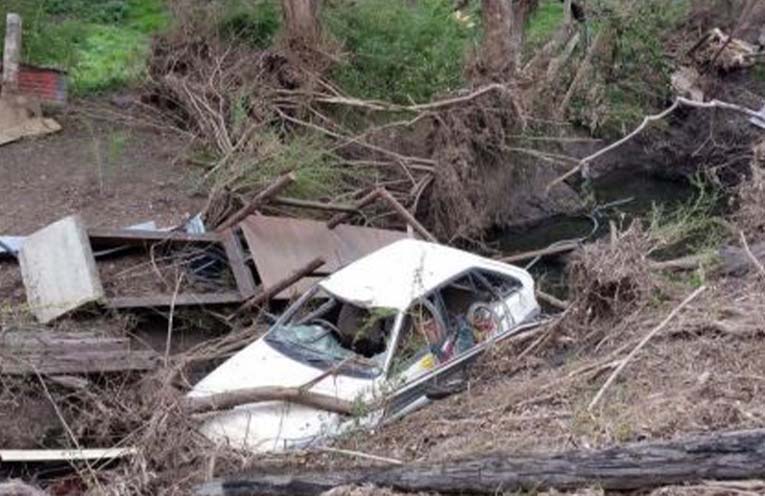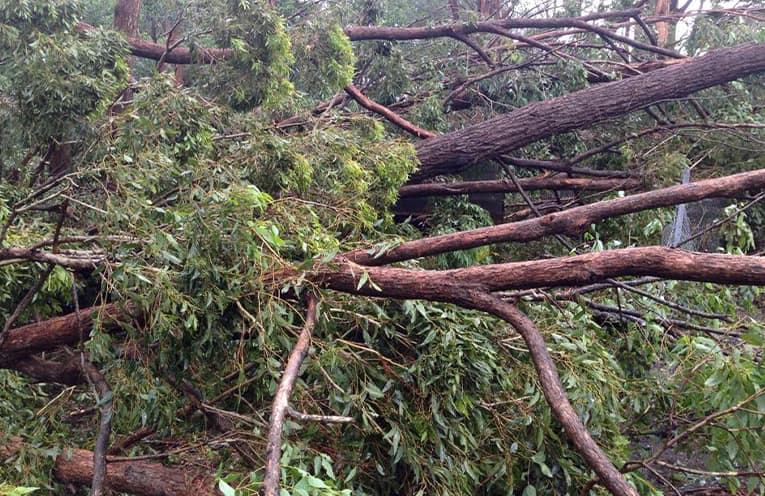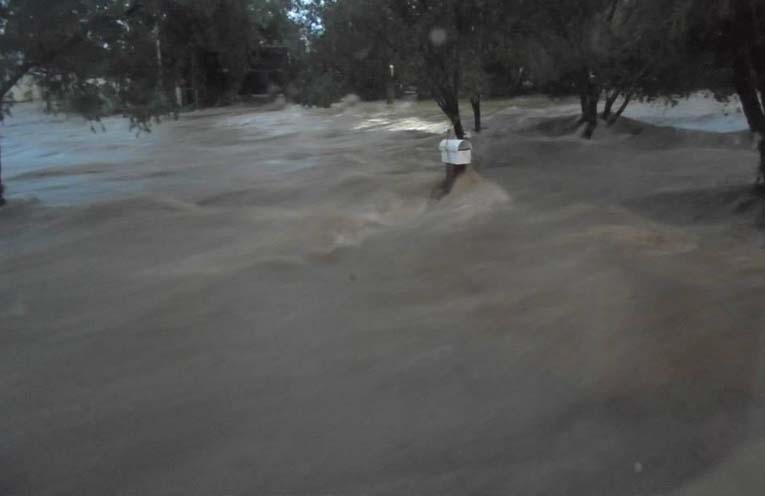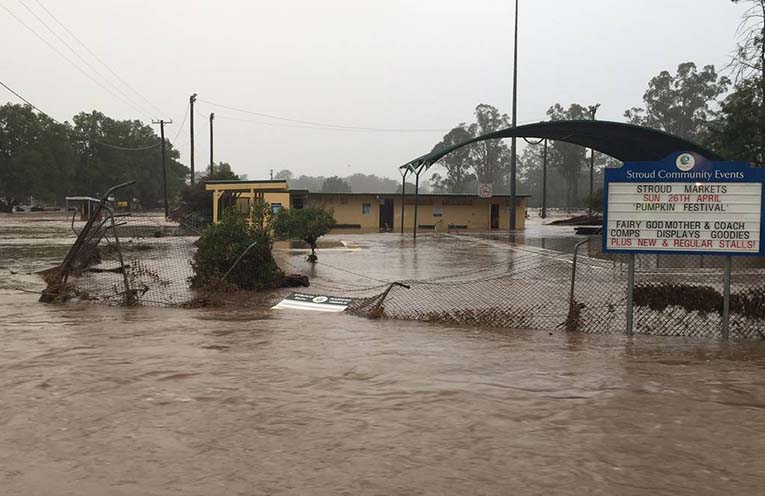TEN years ago, on the evening of 20 April, a highly destructive East Coast Low (ECL) slammed into the coast just north of Hawks Nest causing damage in all directions.
Local observations saw wind gusts in excess of 145km/h, and rainfall exceeding 300mm within a 24-hour period.
Waves reached heights of 10m, and coastal erosion worsened considerably.
The Myall Coast’s volunteer and professional emergency services were fully activated, working together on multiple fronts.
“Stroud SES members rescued three people trapped by falling trees and flying debris at Stewart and Lloyds campgrounds in the first hours,” recalls Stroud SES Deputy Commander Greg Snape.
“Then, with the support of the Pindimar/Tea Gardens RFS volunteers, they helped tenants at Hawks Nest Caravan Park gain shelter from gale-force winds and the resulting shrapnel from disintegrating caravans, annexes and other debris.”
The storm’s fury continued inland towards Stroud and Dungog, destroying houses in both townships.
The intensely concentrated rainfall trapped one person at the Stroud Showground while devastating flash flooding in Dungog claimed the lives of three people.
In Pindimar and North Arm Cove, high winds and heavy rain tore down trees, destroying more houses, sheds and commercial premises, blocking roads and bringing down powerlines.
A houseboat sank in Tea Gardens and the Argonaut fishing charter boat was damaged at its wharf.
“Failing communications networks and isolated communities increased the challenges to the SES who led the response to the unfolding disaster.
“Contractors were employed by the SES to provide arborist and debris removal services.
“Over the following days and weeks, SES crews from the North Coast, Central Tablelands and New England were deployed to assist, while all other emergency services, as well as contractors, were employed in arborist and debris removals.”
“By 23 April, the force of the storm had diminished, four persons had been killed by its effects, over 250 homes were destroyed or rendered uninhabitable by its fury, and stock losses and damage to rural properties mounted to a bill of over $1.08 billion dollars.”
The 2015 storm impacted a massive area, including the Hunter, Central Coast and Sydney Metro, with widespread flooding and power outages, and more than 40,000 people evacuated from over 40 towns in the Hunter Valley.
By Thomas O’KEEFE
You can help your local paper.
Make a small once-off, or (if you can) a regular donation.
We are an independent family owned business and our newspapers are free to collect and our news stories are free online.
Help support us into the future.

